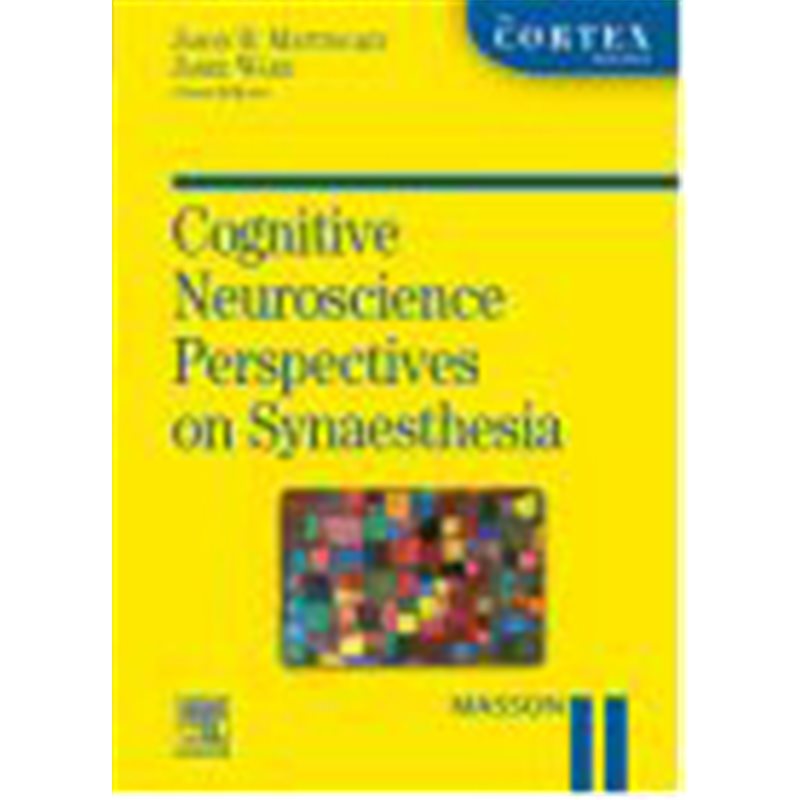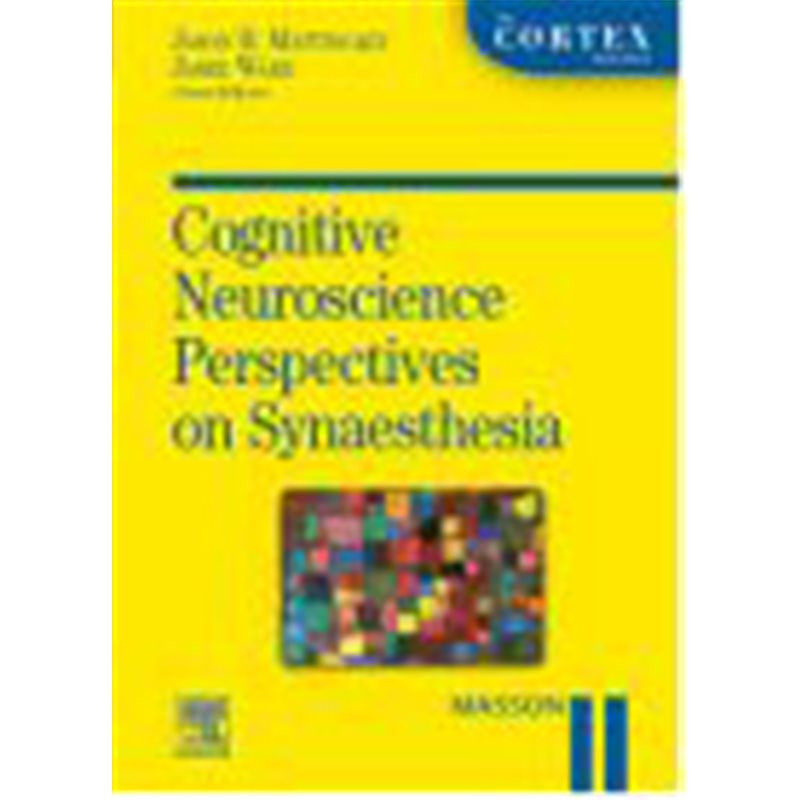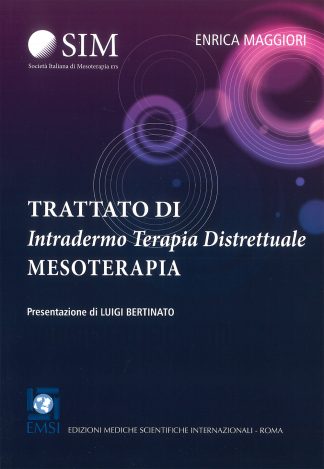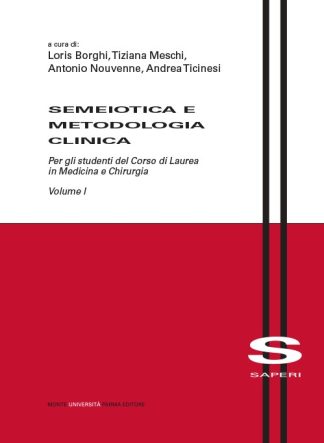Descrizione
Per i sinesteti la lettera “A” potrebbe apparire rosso scura o il numero “5” potrebbe avere il sapore del formaggio. La scienza può spiegare queste percezioni anomale? Ma soprattutto, lo studio della sinestesia può aiutare a comprendere come le normali esperienze di percezione si integrano e segregano, come si sviluppa il cervello o come i processi di percezione influenzano altri aspetti della cognizione quali il linguaggio e la memoria? Recentemente si sta assistendo a una rinascita degli studi sulla sinestesia, dopo che quest’ultima ha rappresentato un argomento caldo della psicologia e della filosofia nel 19mo e 20mo secolo. Un secolo fa i ricercatori hanno fallito nel definire uno schema oggettivo entro il quale caratterizzare questo fenomeno e quindi l’interesse su questo argomento si è affievolito. Con la rivoluzione delle scienze cognitive e il rapido sviluppo delle nuove tecniche sperimentali nell’ambito delle neuroscienze umane, l’interesse per la sinestesia come argomento legittimo di indagine scientifica ha ripreso vita e c’è ora la sensazione che si stiano facendo progressi reali in questo settore. Questo numero speciale di Cortex raccoglie la più ampia collezione di articoli sperimentali sulla sinestesia fino a oggi. I 21 articoli sono una dimostrazione dei molti e significativi progressi che sono stati fatti verso la comprensione delle basi comportamentali e neurali della sinestesia. I contributi riflettono il lavoro di più di 60 ricercatori provenienti da 9 paesi diversi. Ogni articolo è scritto in uno stile accessibile che risulterà attraente sia per gli studenti che per i ricercatori in discipline diverse come la psicologia, la filosofia, la neurobiologia, le scienze cognitive e la scienza della visione. Description of this Cortex Book: For people with synaesthesia, the letter ‘A’ may be deepest red or the number ‘5’ may taste of cheese. How can science explain these anomalous perceptual experiences? Could the study of synaesthesia provide insights into how normal perceptual experiences come to be segregated or integrated, how the brain develops, or how perceptual processes affect other aspects of cognition such as language and memory? Research on synaesthesia is undergoing something of a renaissance, having initially been a hot topic in psychology and philosophy in the late 19th and early 20th centuries. One hundred years ago investigators failed to define an objective framework within which to characterise the phenomenon, and so interest in the topic waned. With the cognitive revolution and the rapid rise of new experimental techniques in human neuroscience, interest in synaesthesia as a legitimate topic for scientific investigation has been rekindled. Since the 1980s there has been rapid growth in scientific and media interest in synaesthesia, and there is now a sense that real progress is being made. This Special Issue of Cortex brings together the largest collection of empirical papers on the topic of synaesthesia to date. The 21 papers collected herein showcase the many significant advances that have been made in understanding the behavioural and neural bases of synaesthesia. The contributions reflect the work of more than 60 investigators from nine different countries. Each paper is written in an accessible style that will appeal both to students and researchers in such diverse disciplines as psychology, philosophy, neurobiology, cognitive neuroscience and vision science. CONTENUTI: Synaesthesia: An overview of contemporary findings and controversies. Characteristics/Related conditions – Diagnosing and phenotyping visual synaesthesia: A preliminary evaluation of the revised Test of Genuineness (TOG-R); Monozygotic twins’ colour-number association: A case study; Mitempfindung in synaesthetes: Co-incidence or meaningful association? Effect of a synaesthete’s photisms on name recall; Synaesthesia: Pitch-colour isomorphism in RGB-space? Perception – Synesthetic colors determined by having colored refrigerator magnets in childhood; Contrast affects the strength of synaesthetic colors; Perceptual interaction between real and synasthetic colors. Attention – Automatic perception and synaesthesia: Evidence from colour and photism naming in a Stroop-negative priming task; Attentional load attenuates synaesthetic priming effects in grapheme-colour synaesthesia. Do synaesthetic colours act as unique features in visual search? Does binding of synaesthetic color to the evoking grapheme require attention? Cognition – The role of meaning in grapheme-color synaesthesia; Number synaesthesia: When hearing “four plus five” looks like gold; Color congruity effect: Where do colors and numbers interact in synaesthesia? Sound-colour synaesthesia: To what extent does it use cross-modal mechanisms common to us all? Linguistic determinants of word colouring in grapheme-colour synaesthesia. Physiology/Imaging – Pupillometry of grapheme-color synaesthesia; Neuronal correlates of colour-graphemic synaesthesia: A fMRI study; Activation of color-selective areas of the visual cortex in a blind synaesthete. Philosophy – Evidence against functionalism from neuroimaging of the alien colour effect in synaesthesia.








Recensioni
Ancora non ci sono recensioni.